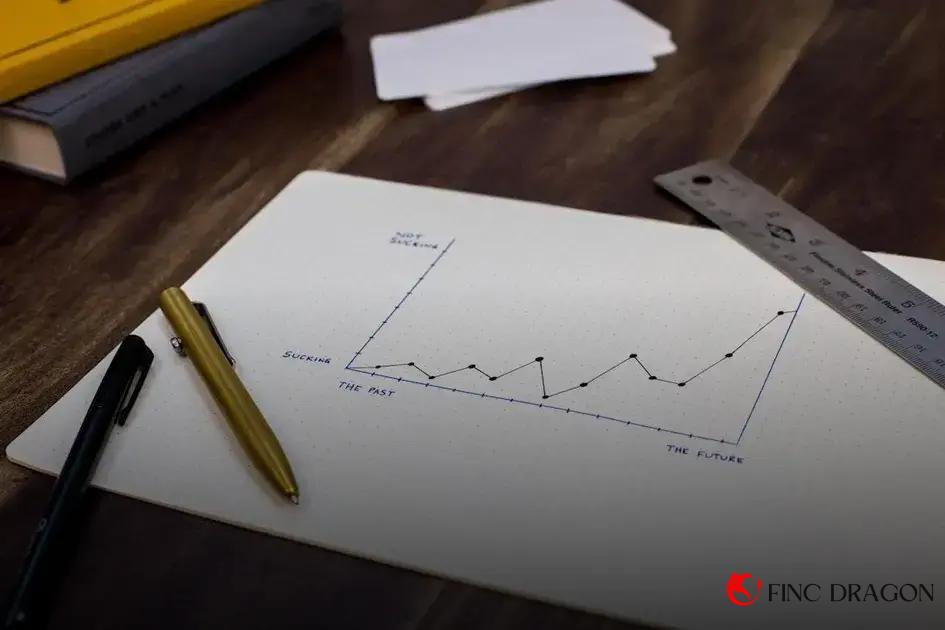How AI is changing fraud detection in banking is a fascinating journey into the future of secure transactions. With the rapid advancements in technology, banks are utilizing AI to implement smarter, faster, and more efficient detection systems to combat fraud. Understanding the role and benefits of AI and the hurdles banks face cements its transformative potential in the financial sector. Delve into how this innovative approach is reshaping banking and protection as we analyze current developments and speculate future trends.
The Role of AI in Modernizing Security Measures
Enhanced Anomaly Detection
Artificial intelligence enhances anomaly detection greatly, identifying unusual patterns quickly in massive data sets. This capability is crucial for modernizing security measures in banking. AI algorithms assess transactions in real-time, flagging suspicious behavior instantly.
Automating Security Protocols improves efficiency. By utilizing AI, financial institutions automate repetitive security tasks, allowing human experts to focus on complex decision-making.
Behavioral Analysis
AI systems analyze user behavior to detect fraud attempts. By studying patterns and anomalies, AI predicts potential threats, preemptively halting unauthorized access.
Predictive Analytics
One of AI’s most powerful roles is in predictive analytics. Machine learning models forecast potential fraud risks by examining historical data, strengthening the proactive defense mechanisms.
Benefits of AI in Fraud Detection

Artificial Intelligence (AI) offers numerous advantages in detecting fraud within the banking sector. An important benefit of AI is its ability to analyze large volumes of data quickly and accurately. This capability enables banks to identify suspicious patterns and unusual activities that might indicate fraudulent behavior.
AI algorithms can be designed to learn from historical data. They improve over time, becoming more precise in detecting complex fraud schemes. This adaptability is a key advantage, as fraud techniques constantly evolve.
Moreover, AI can reduce false positives. Traditional systems may alert staff to many legitimate transactions mistakenly flagged as suspicious. AI systems recognize legitimate patterns more effectively, decreasing unnecessary alerts and allowing teams to focus on actual threats.
AI also enhances real-time monitoring. Fraud detection systems powered by AI can operate continuously, providing banks with immediate insights into potentially fraudulent transactions. This allows for quick reaction times, preventing further damage and loss.
Additionally, AI can integrate with other technologies like machine learning to offer predictive analysis. This predicts future fraud threats and helps banks prepare proactively rather than reactively. As computing power increases, AI’s ability to forecast potential issues will only improve, making it an essential tool in a bank’s security strategy.
Challenges in Implementing AI Solutions
Implementing AI solutions in banking fraud detection presents a range of complex challenges. One major issue is the integration with existing systems, which often requires substantial updates or complete overhauls to ensure that AI tools work seamlessly within the current infrastructure. Additionally, data privacy and security are significant concerns, as AI solutions need access to vast amounts of sensitive data to effectively identify fraudulent activities.
Balancing this access with customer privacy
is a delicate task requiring robust encryption and cybersecurity measures.
Furthermore, there is a persistent challenge in ensuring that AI models remain up-to-date with evolving fraud tactics. Criminals are constantly devising new methods to bypass security measures, which means AI systems must continuously learn and adapt to remain effective. This requires regular updates and retraining of AI models, which can be resource-intensive.
Another significant obstacle is the potential for false positives, where legitimate transactions might be flagged as fraudulent. This not only inconveniences customers but can also strain customer service resources as they resolve these errors. Building a system that accurately differentiates between genuine and fraudulent activities requires a delicate balance and advanced pattern recognition capabilities.
Moreover, cost considerations play a role in the implementation process. Developing, training, and maintaining AI solutions can be expensive, particularly for smaller financial institutions. As such, banks must evaluate the cost-benefit relationship before fully integrating AI into their fraud detection protocols.
Real-Life Examples of AI in Banking Fraud Detection

Example 1: Detecting Unusual Transaction Patterns with AI
Banks have integrated AI to monitor transaction sequences for irregularities. For instance, if AI identifies a common pattern where transactions occur from the same account in different locations within a short time, it can flag these activities for further review. This real-time analysis helps banks quickly recognize potential fraud attempts and take necessary actions.
Example 2: Enhancing Customer Identification and Verification
Through the use of AI, banks improve customer identification processes by using biometric analysis and machine learning. AI systems can verify identities with high accuracy by analyzing voice patterns, facial features, or even behavioral biometrics like typing rhythm. Such technologies reduce human error and minimize the risk of identity theft.
Example 3: Credit Card Fraud Prevention through Machine Learning
Banks employ AI models that continuously learn from new data, adapting to emerging fraud patterns. For example, machine learning algorithms can predict fraud based on historical transaction data, identifying new scam methods even before they are widely recognized. This proactive approach enables the banking sector to stay ahead of fraudsters.
Example 4: Cross-Channel Fraud Detection
AI facilitates the integration of data from multiple channels, such as online banking, ATM, and in-branch interactions. By compiling data from diverse sources, AI systems can provide a holistic view of customer activity, making it easier to spot anomalies that might indicate fraudulent behavior. This prevents fraud that might go unnoticed when channels are reviewed separately.
The Future of AI in the Banking Sector
The banking sector is on the brink of a significant transformation, with AI playing a pivotal role in redefining fraud detection strategies. As technologies advance, the incorporation of artificial intelligence into banking assures more robust security frameworks, designed to combat the ever-evolving landscape of fraudulent activities.
The capacity of AI to process vast amounts of data rapidly and identify patterns that human analysts might overlook is one of its most promising aspects. This ensures that any irregular transactions, suggesting potential fraud, are flagged in real-time, minimizing losses and protecting customer data.
Furthermore, AI’s ability to adapt and learn from new threats as they emerge is invaluable. Algorithms can be trained to recognize even the subtle changes in behavior that might indicate fraud. As fraudsters develop more sophisticated methods, AI’s proactive approach ensures that banks remain one step ahead.
Collaboration with Human Analysts
AI doesn’t work in isolation. Instead, it enhances human capabilities, allowing analysts to focus on strategizing and decision-making rather than being bogged down by data. This partnership ensures a more comprehensive approach to combating fraud, merging the best of human intuition with technological efficiency.
Looking forward, the integration of AI in banking will likely only deepen, leading to smarter systems and safer financial environments. As we embrace this technology, it’s crucial to constantly evolve and adapt to new industry standards and customer expectations, positioning AI not just as a tool, but as a foundational component of the future banking ecosystem.





